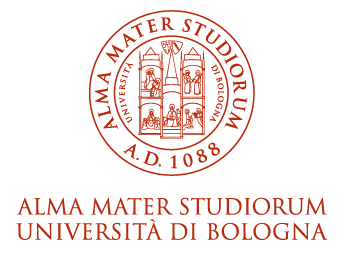- Docente: Massimiliano Marzo
- Credits: 6
- SSD: SECS-P/01
- Language: English
- Teaching Mode: Traditional lectures
- Campus: Bologna
- Corso: Second cycle degree programme (LM) in Quantitative Finance (cod. 8854)
Learning outcomes
At the end of the course knows the economic relationships and decision making in financial markets, choices about funding and risk transfer, both with respect to the kinds of financial products involved, and the choice of the market, such as issuance of equity and bonds to the general public rather than through financial intermediaries. Particular focus is given to the role played in these dynamics by incomplete information.
Course contents
1. Expected utility, Risk aversion measures: brief review of basic concepts.
2. Intertemporal choice under certainty.
3. Risk premia, CAPM (Capital Asset Pricing Model), A-D Pricing
4. Arbitrage pricing Theory - APT
5. Limits of CAPM. Bayesian models.
6. Asymmetric information.
7. Investing for the Long Run: the equity premium puzzle and its remedies
8. Intertemporal portfolio allocation problem in continuous time: the classic Merton’s problem.
The analysis is always developed in a discrete setting, so that the mathematical prerequisites are just basic notions of probability theory, multivariate calculus and linear algebra. We also extend the course content to continuous time: all the necessary tool will be provided in class during lectures.
Knowledge of the fundamentals of microeconomic theory are also assumed.
Readings/Bibliography
Danthine, J.P., and J. Donaldson, Intermediate financial theory, third edition, Elsevier, N.Y., 2014.
Campbell, J., Financial Decisions and Markets, Princeton University Press, 2018.
Some additional material (slides, problem sets, past exam) will be provided during lectures and it will be published online.
Teaching methods
Teacher's lectures. Problem sets. Slides
Assessment methods
The final grade is based on a 2 hours written exam.
The exam aims to verify the student's understanding of the key analytical results and tools discussed in class. This can be obtained requiring him/her to apply these tools to simple computational problems, to show properly the logic of theoretical concepts.
Students have a ‘walk-away option': during any exams, you can walk away at any time, even at the very last moment. If you walk away, your paper will not be graded.
Teaching tools
Overheads projector, Slides, Web, Matlab
Office hours
See the website of Massimiliano Marzo
SDGs




This teaching activity contributes to the achievement of the Sustainable Development Goals of the UN 2030 Agenda.
